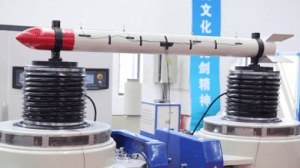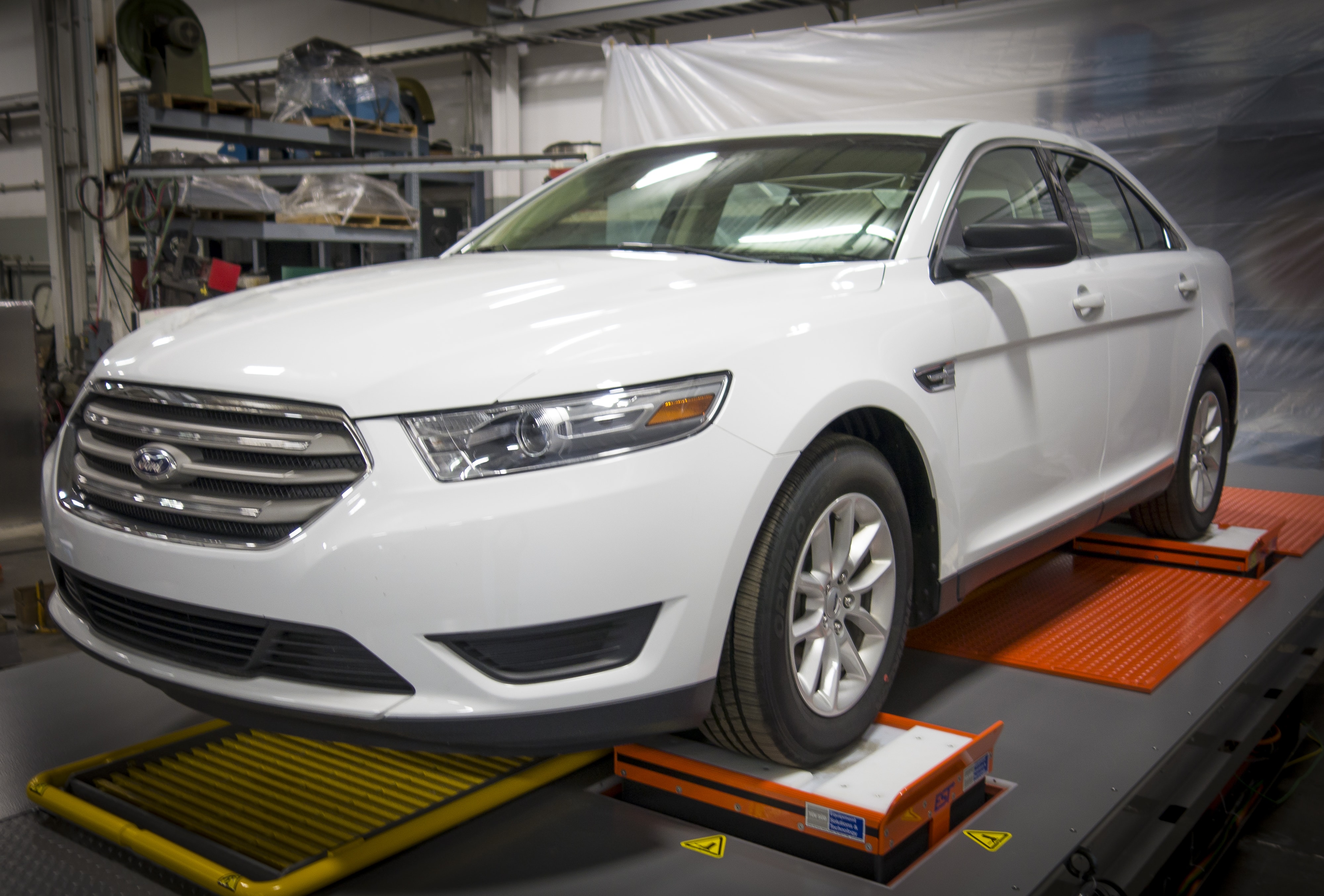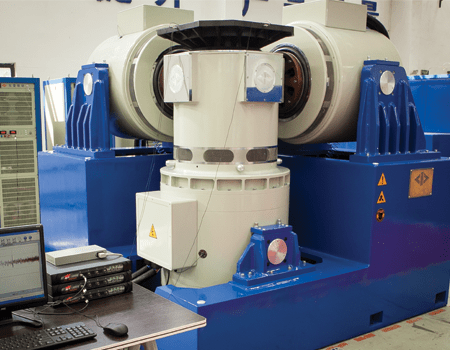Introduction to Multi-Axis Testing
March 29, 2018
Back to: Multi-shaker Control
Multi-axis vibration testing is becoming standard in the automotive industry and others. A vehicle experiences vibrations along many axes when it travels; therefore, it makes sense for engineers to test products along more than one axis.
Traditionally, engineers run tests one axis at a time. They mount the device under test (DUT) to a single-axis shaker and run the test on one axis. Next, they take the DUT off the shaker, reorient and remount it, and perform the test on a second axis. Then they repeat the process on a third axis.
Now, engineers can test products along multiple axes at once. In addition to being time-efficient, multi-axis vibration testing brings the DUT to fatigue faster. A product may pass a sequential, single-axis test but fail a more realistic multi-axis test of the same duration. For this reason and others, multi-axis vibration testing is becoming increasingly popular.
Types of Multi-axis Vibration Tests

Figure 1. A MESA shaker configuration.
There are many ways to configure a multi-axis vibration test. The two key characteristics of any configuration are the number of shakers and the number of axes/degrees of freedom. Let’s consider some examples.
Multi-exciter/Single axis
A MESA (multi-exciter/single axis) configuration consists of two or more shakers that move in the same direction along one axis. Engineers use this configuration to test oversized devices that require a shaker on each end. The shakers are often synchronized, and the controller(s) output the same test profile (see Figure 1.)

Figure 2. A four-post shaker system testing a full vehicle.
A four-post configuration moves four shakers along the same axis. Automotive engineers often use this method for full vehicle testing. They set the vehicle on four shakers—one under each wheel—and playback recorded field data files from each wheel (see Figure 2.) Then, they play back the recorded vibrations simultaneously as if the vehicle was in motion.
Four-post testing is one of many multi-axis methods the automotive industry uses. Another common application is squeak and rattle testing. No automobile driver likes a squeaky seat, but a seat must experience a particular set of vibrations along more than one axis before it emits a noise. Only multi-axis testing can simulate this real-world scenario.
Watch Vibration Research controlling a four-post shaker at TUV America (YouTube).
Multi-exciter/Multi-axis
In recent years, the automotive industry has witnessed a rising interest in other multi-axis shaker configurations. The three-axis configuration belongs to the MEMA (multi-exciter/multi-axis) class. This method consists of at least three shakers and motion along the X, Y, and Z-axes simultaneously (see Figure 3.)

Figure 3. A three-axis shaker system with a table.
Component or sub-system testing is the primary use of the three-axis configuration. It is accomplished by performing a random vibration test along each axis using identical or individualized test profiles.
The three-axis configuration creates a more realistic test compared to traditional single-axis testing. As mentioned previously, a vehicle experiences vibration from many directions simultaneously; the three-axis configuration accommodates the three linear directions of motion.
However, it does not accommodate the three rotational directions of motion: roll, pitch, and yaw. A six degrees of freedom (6-DOF) system handles all six: X, Y, Z, roll, pitch, and yaw. There are numerous ways to configure a 6-DOF system.
It should be noted that HALT/HASS chambers are sometimes labeled as 6-DOF systems because they can apply vibration simultaneously in the three linear and rotational axes. However, these systems differ from the multi-axis testing discussed in this course.
Conclusion
The advantages of multi-axis testing are clear. Multi-axis vibration testing brings products to fatigue failure faster and is more realistic than sequential, single-axis testing. The remainder of this course will discuss those key differences and then move into the considerations and system configurations of multi-axis testing.
